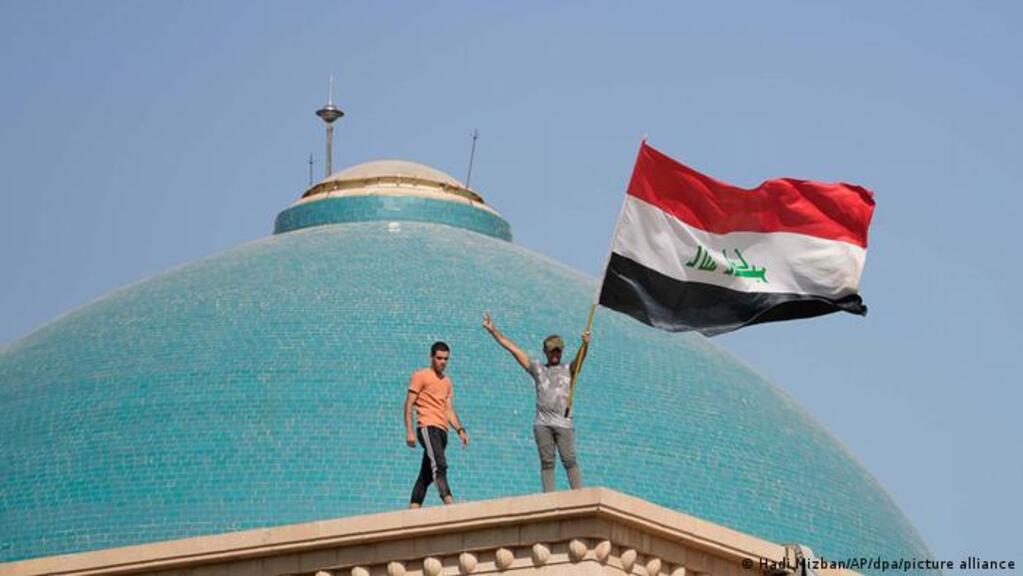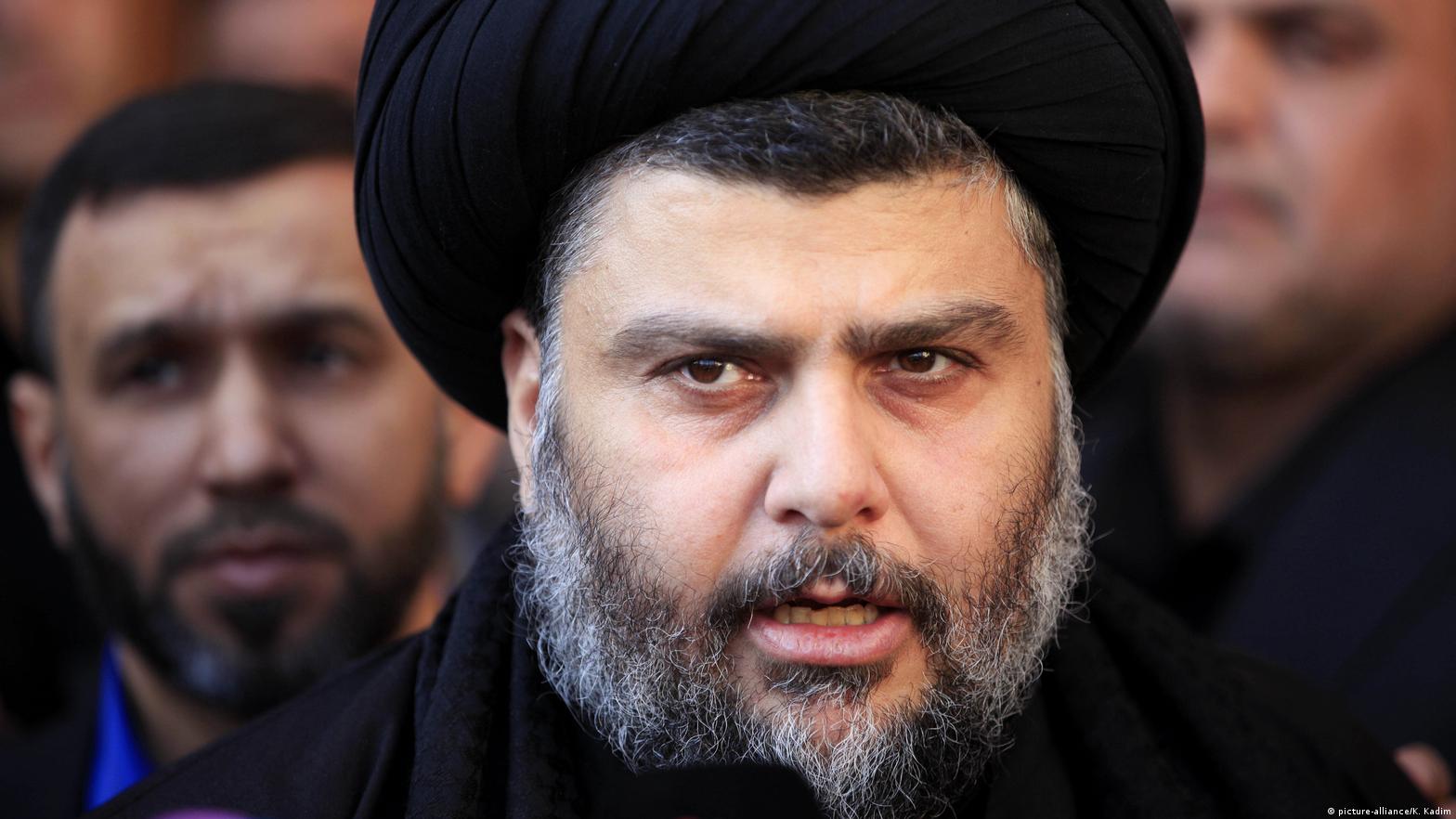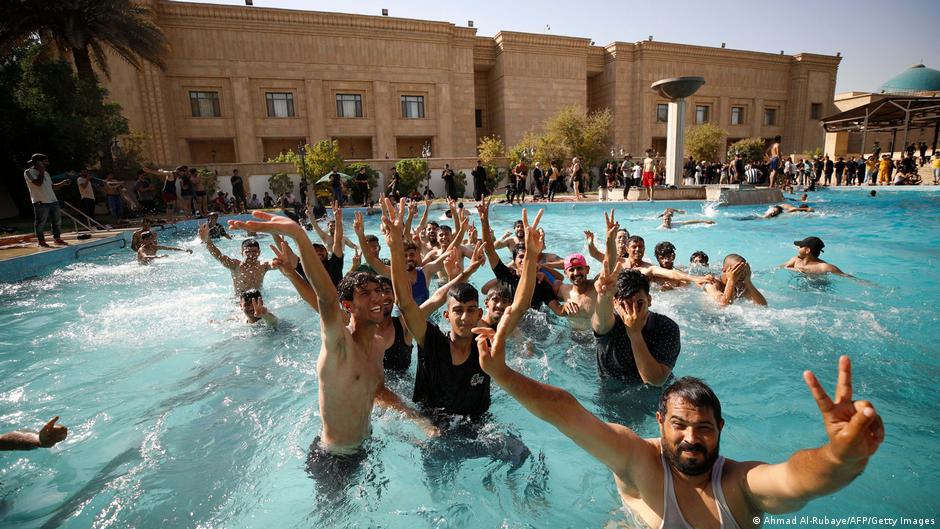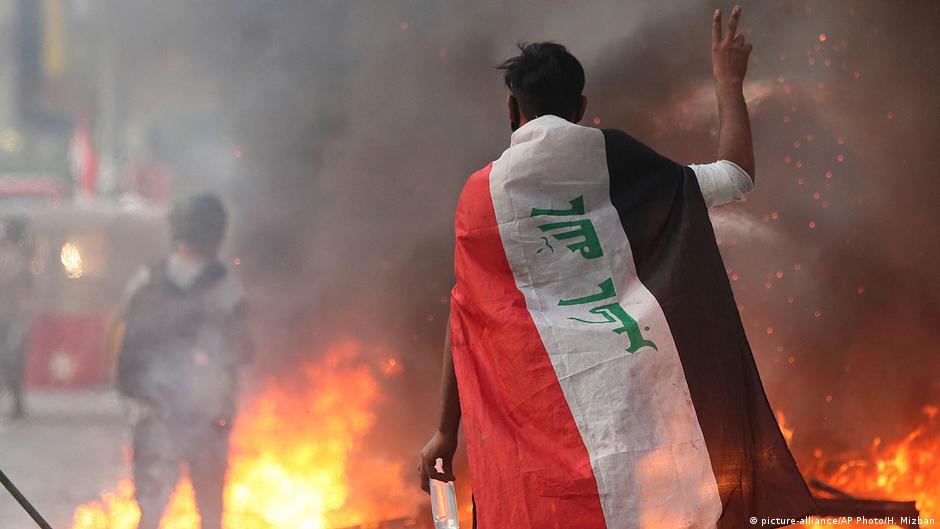Fighting for Shia hearts and minds

Influential Shia preacher and politician Muqtada al-Sadr has once again proven that he can turn his followers off and on like a light switch. Late last month, after they had engaged in a wild 24-hour-long exchange of fire with other pro-Iranian militias and the official security forces right in the middle of Baghdad's heavily guarded Green Zone, Sadr called on his followers a week ago (29.08.2022) to end the violence and stand down within the hour.
In less than 60 minutes, they complied by peacefully withdrawing from the Green Zone, seat of the government, the parliament, the UN offices and most of the foreign embassies, after having transformed it into a battlefield the whole night long. At least 30 people were killed. Sadrists came into conflict with pro-Iranian militias in other Shia areas in the south of the country as well.
This was a clash that had been brewing for months. It began ten months ago during the parliamentary elections. Muqtada al-Sadr's party received most of the votes, but not enough to single-handedly determine the course of Iraqi politics and in particular not enough to prevail over rival pro-Iranian Shia parties. It is important to know that the Shia parties together form the absolute majority in parliament – and ultimately dictate Iraqi politics.
After negotiations for a new government came to nought, with the Shias refusing to engage in the requisite internal horse-trading, Sadr withdrew his deputies in August and called for parliament to be dissolved and new elections held. Since then, a stalemate had paralysed the entire country – at least until Sadr let his supporters off the leash.

Sunnis and Kurds mere onlookers
The whole affair is a purely inner-Shia dispute. Sunnis and Kurds are mere onlookers. At its core, the issue is who is to politically dominate the country's Shias, the majority of the population? Struggling for the upper hand are pro-Iranian parties and militias versus Sadr, who has increasingly distanced himself from Tehran's political sway in Iraq and now presents himself as an Iraqi Shia nationalist.
What began relatively peacefully when Sadr's supporters forced their way into the presidential palace and took a dip in the swimming pool, quickly escalated into a wild shootout between rival Shia groups in and outside the Green Zone. All of Iraq is now holding its breath, fearing that the long-suffering country is once again to be plunged into civil war, this time one of Shia against Shia.
Muqtada al-Sadr and his pro-Iranian rivals are playing with fire. Even if it was ultimately merely a matter of shooting their way to the negotiating table, they have triggered a dangerous dynamic that could spiral out of control at any moment.
Sadr deployed his light-switch tactics, as he has done so many times before, calling on his supporters to throw their weight around by occupying parliament, only to whistle them back a short while later. This time, though, the Sadrists took things a step too far, showing up fully armed. In doing so, they demonstrated to rival pro-Iranian militias that they are capable of using military force to fly their flag on Iraq's streets. They hoped to use this posturing as a bargaining chip.
Grand Ayatollah Al-Sistani plays a central role
Now Sadr has called off his troops again. In yet another cynical episode of Iraqi politics, he will wait to see what he is offered.

Meanwhile, the question of who or what moved Sadr to withdraw his people from the streets is being hotly debated in Iraq. There is much to suggest that Grand Ayatollah Al-Sistani played a behind-the-scenes role. The Reuters news agency interviewed 20 senior officials in the Iraqi government, members of the Sadrist Movement and its rivals, the pro-Iranian parties, who reported on condition of anonymity that it was al-Sistani's intervention that had persuaded Sadr to end his action.
Al-Sistani, the most influential Shia cleric in Iraq, had reportedly warned Sadr that he would publicly oppose him if the clashes continued. Three sources close to al-Sistani would not confirm that he had sent a direct message but stated that it was clear to Sadr that Al-Sistani would not stand by and watch for long. Other sources indicate that Lebanon's Shia Hezbollah and its chief, Hassan Nasrallah, intervened as mediators between Sadr and the pro-Iranian parties.
Whatever actually happened in this case, the basic problem remains: the era of relative Shia consensus, in particular toward Sunni and Kurdish political groups, is over. And it is hard to imagine that the gulfs between the Shia factions can easily be filled in again. The issue of who will dominate the Shias politically in Iraq remains unresolved, and with it, indirectly, the question of how much influence neighbouring Iran exerts on the country. For Iran, too, has been playing with fire in recent weeks.
Who is the Shias' spiritual leader?
Indeed, the intra-Shia escalation in Iraq had a spiritual component, and this is where the regime in Tehran had a hand in events. Just before Sadr sent his people into the streets, his main spiritual mentor, Ayatollah Kadhim Al-Haeri, who lived in Iran for years, had announced his retirement due to old age. This is an unusual step in the 1,300-year history of Shia Islam, about as unusual as the resignation of the Pope in Rome.

Curious as well was that Al-Haeri, well-known for keeping his distance from the regime in Tehran, had upon his resignation proclaimed his loyalty to Iran's Supreme Leader Ayatollah Ali Khamenei and called on his spiritual followers, including Sadr's, to do the same. Sadr responded by tweeting that he did not believe that Al-Haeri had taken this step of his own free will, implying that pressure had been applied by Tehran. For Sadr, this represented an attempt by the Iranian government to turn his followers against him.
Al-Haeri's declaration of resignation has had an impact not only on the political but also on the spiritual Shia scene in Iraq. The struggle is therefore also about who will be recognised as spiritual leader by the Shias in Iraq: the spiritual centre in Qom in Iran or that in Najaf in Iraq. This is a question that will become increasingly explosive as long as the succession for the 92-year-old Grand Ayatollah Al-Sistani remains unresolved. Both politically and spiritually, Iraq's Shias face a growing rift that could cause much unrest in the coming months.
Meanwhile, last Friday (02.09.2022), the other side of Iraq took to the streets. Angered by months of political paralysis in their country and by outbreaks of violence late last month, young Iraqis of all faiths gathered for a protest in western Baghdad. Deliberately waving only Iraqi national flags, they called for a complete overhaul of the political system and an end to sectarian-dominated politics in Iraq.
Their protest is a reminder that, despite the country's oil wealth, a large part of the population lives in poverty, and that more than a third of young people under 30 are unemployed. Something that will not change as long as the country remains a hostage to sectarian politics, particularly that of Shia parties and militias and their jostling for power and influence.
© Qantara.de 2022
Translated from the German by Jennifer Taylor